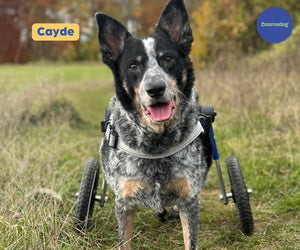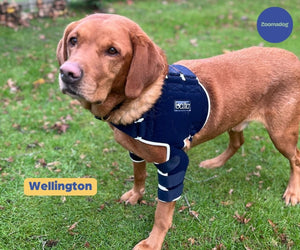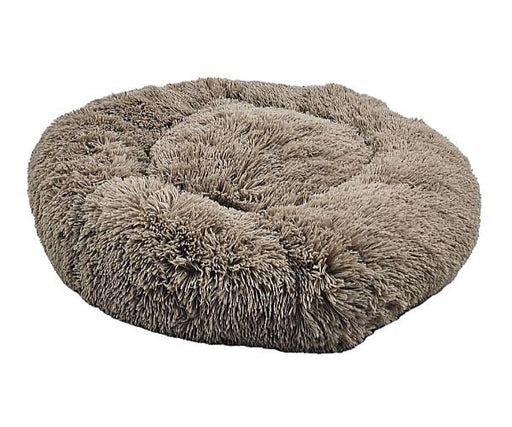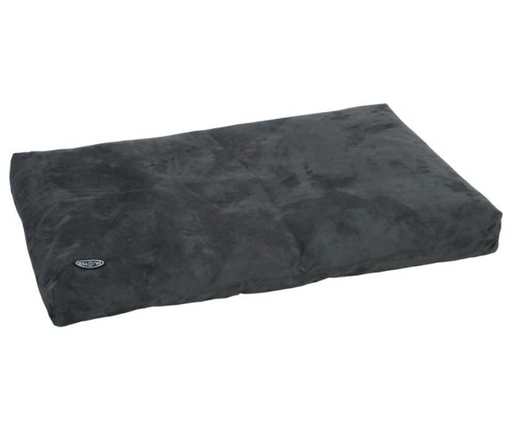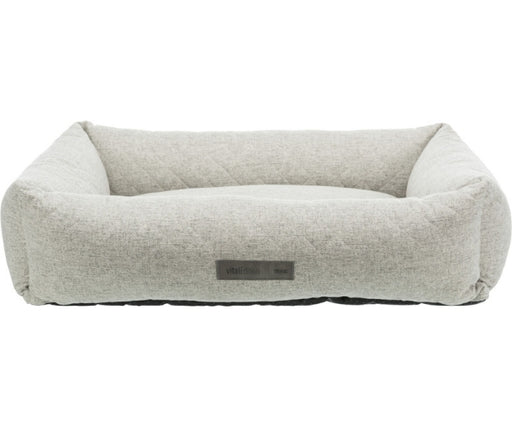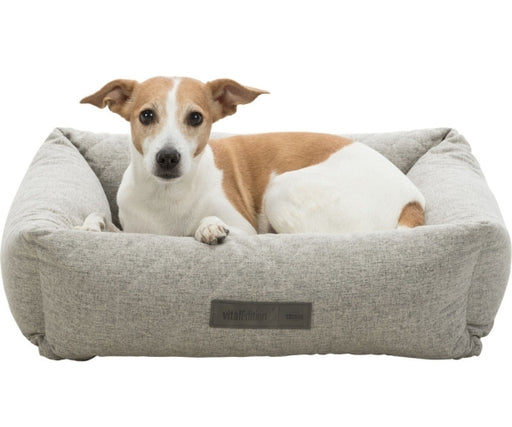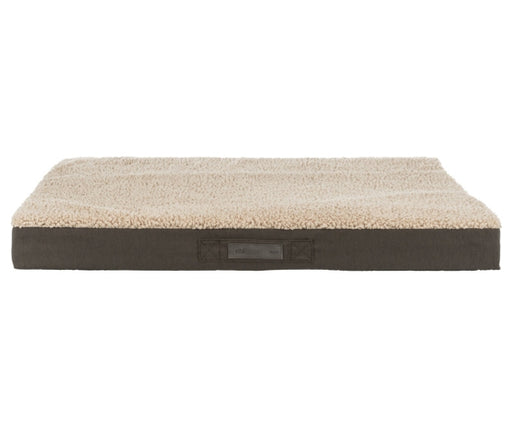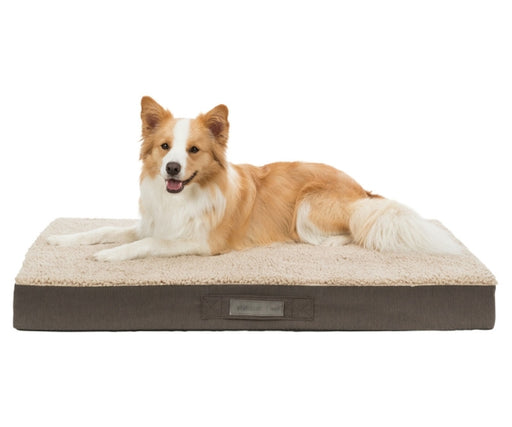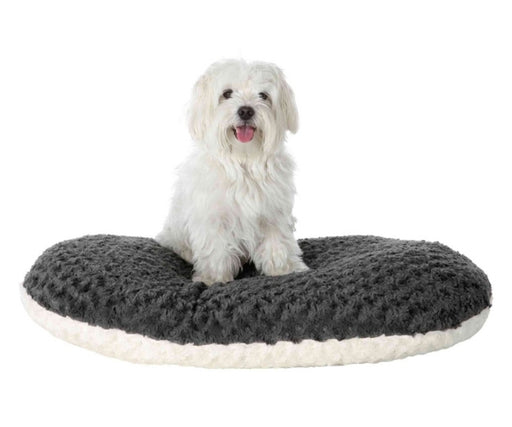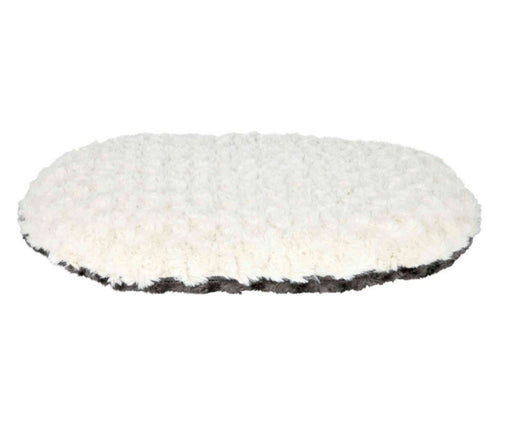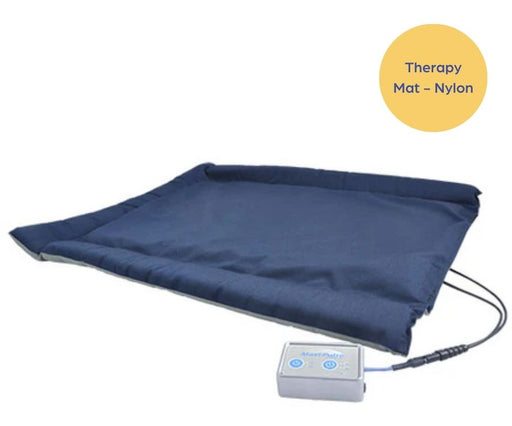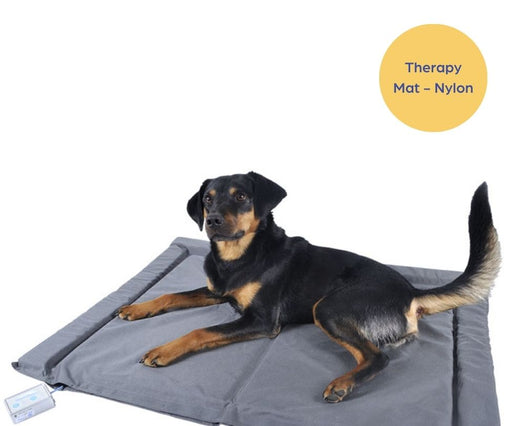1. Consider Your Dog’s Size
- Measure your dog from nose to tail while they’re lying down and add 6–12 inches for comfort.
- Make sure the bed is large enough for them to stretch out fully.
2. Observe Their Sleeping Style
- Curled Up: Try a donut bed or bolster bed with raised sides.
- Sprawled Out: Go for a flat mattress or orthopedic bed.
- Burrowers: Choose a hooded/cave bed or a soft nest bed.
- Leaning or Nestling: Bolster beds or couch-style beds work well.
3. Match the Bed to Their Age & Health
- Puppies: Choose a durable, easy-to-clean bed. Avoid expensive options until chewing ends.
- Seniors or Arthritic Dogs: Use orthopedic memory foam beds or heated beds for joint support.
- Overweight Dogs: Orthopedic beds help reduce pressure on joints.
4. Factor in Climate
- Warm Weather: Use elevated or cooling beds with breathable mesh.
- Cold Weather: Use plush, heated or enclosed beds for warmth.
5. Think About Maintenance
- Removable, machine-washable covers
- Waterproof liners (especially for puppies or senior dogs)
- Odor-resistant materials
6. Choose Durable Materials
- Chewers or diggers: Tough fabrics like canvas, nylon or denim.
- Indoor use: Soft fabrics like plush, fleece, or cotton blends.
- Outdoor use: Water-resistant or elevated beds are ideal.
7. Location of the Bed
Choose a bed that fits the space where your dog typically rests - whether it's:
- Inside a crate
- In a corner of the living room
- By a heater or window
- Outdoors (look for elevated or weatherproof models)



